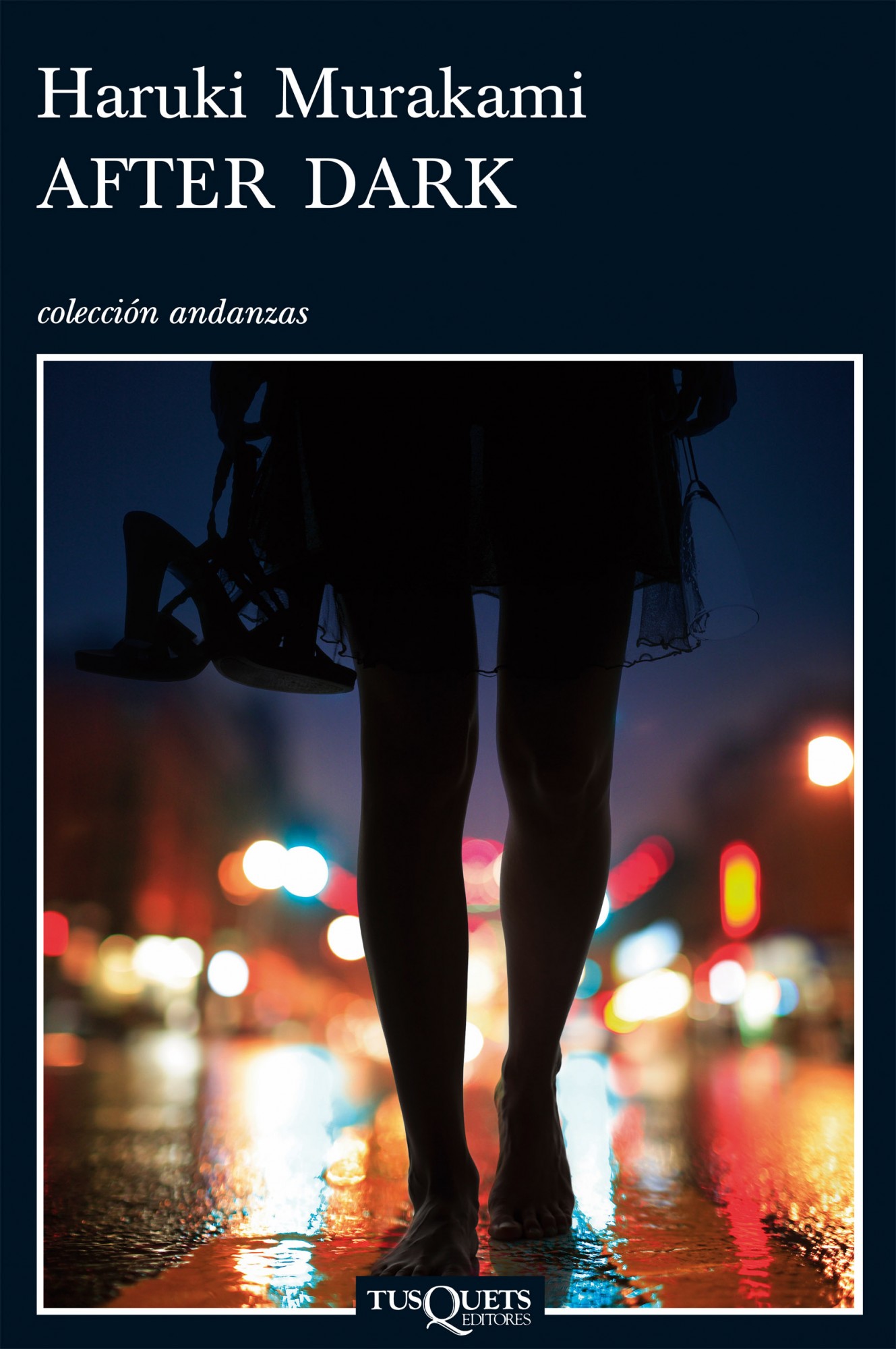


Murakami relies for the most part on dialogue and description of sights and sounds to convey information only occasionally does the observing consciousness dip into the minds of the characters. (Although never named, readers familiar with Tokyo will identify the location as Shibuya.) The filmic quality of After Dark is evident from the first page, when we are presented with a panoramic establishing shot of Tokyo, and the camera eye then zooms in on a point in the great metropolis, where most of the action will unfold. The story is told in the present tense by an unnamed, unknown “we” who, like the angels in Wim Wenders’ Wings of Desire, can observe humans and their problems, but are unable to intervene: they are, in their own words, “pure point of view.” Haruki Murakami has deliberately, explicitly written his 11th novel by using techniques borrowed from the cinema. If it weren’t for the printed, bound object in your hands, it would be tempting to call After Dark a movie, not a book.


 0 kommentar(er)
0 kommentar(er)
